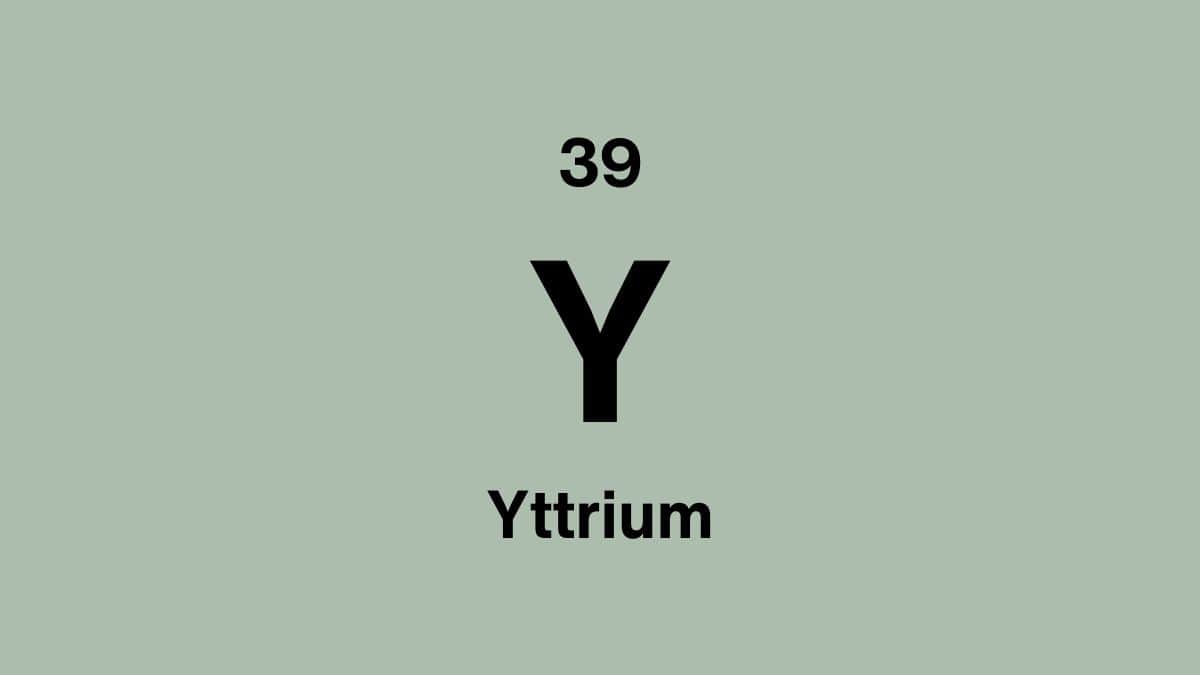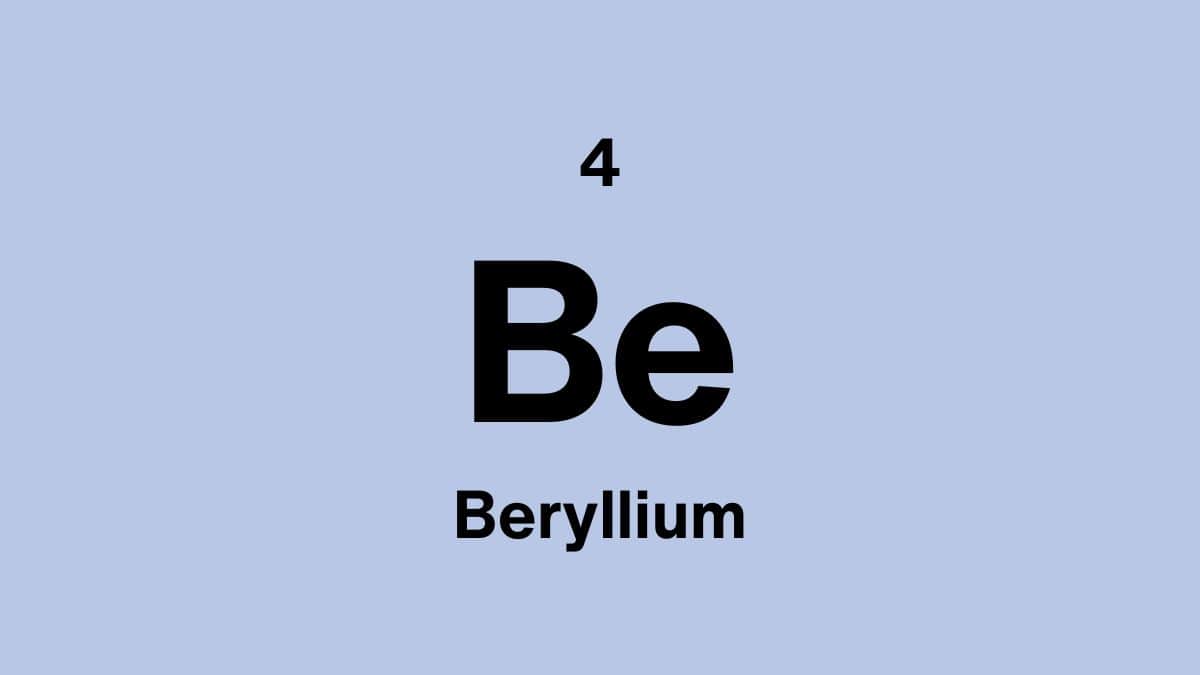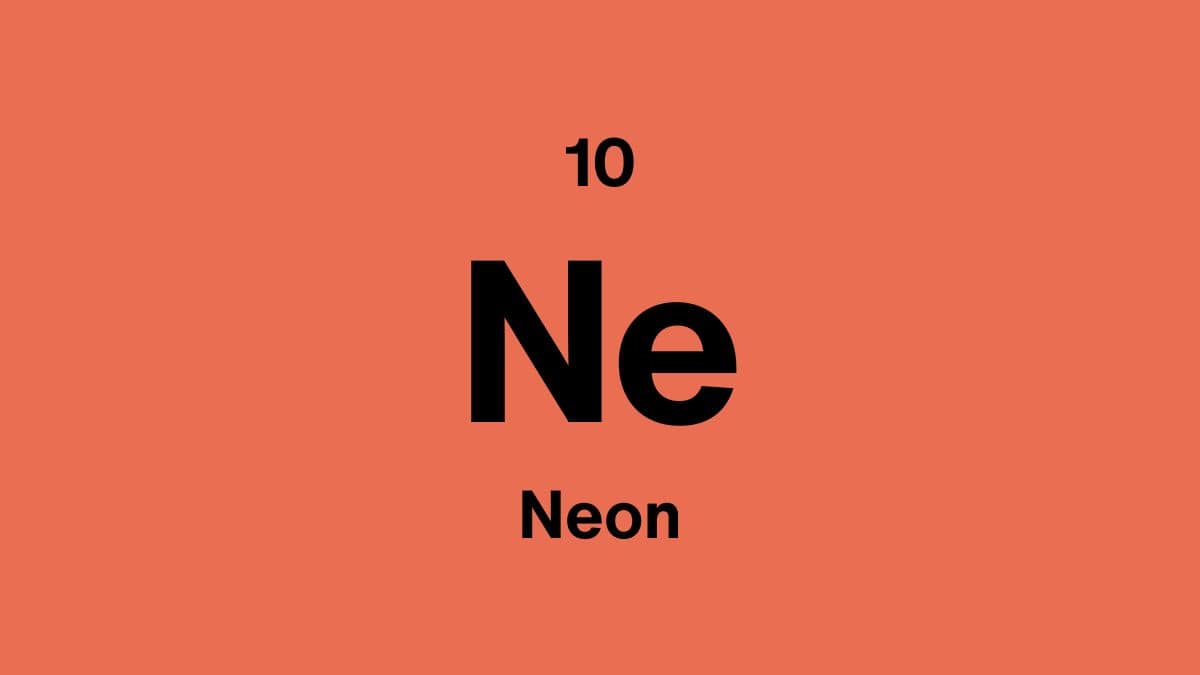Yttrium Unveiled: The Unsung Hero of Modern Technology
Transition metals like yttrium possess multiple oxidation states, excellent thermal stability, and metallic luster, making them essential in electronics, lasers, and advanced alloys. They act as catalysts, enhance material strength, and serve in specialized high-tech applications. Yttrium’s unique properties make it a cornerstone in modern industrial and technological processes.
In this article, we explore yttrium's properties, occurrence, industrial applications, and key compounds.
Properties of yttrium
| Atomic Number: | 39 |
| Atomic Symbol: | Y |
| Atomic Weight (amu): | 88.905 |
| Electronegativity: | 1.22 |
| Melting point: | 1526.00°C | 2778.80°F | 1799.15K |
| Boiling point: | 3338.00°C | 6040.40°F | 3671.15K |
What does yttrium look like?
Yttrium is a silvery-metallic metal with a shiny surface and high reflectivity. It has a subtle gray-white sheen and is soft enough to be cut with a knife when pure. Its appearance is typical of rare-earth elements, without striking color variations.
Will we ever run out of yttrium?
Yttrium is not abundant in Earth's crust but can be sourced from rare-earth mineral deposits. While depletion is unlikely in the short term, economic availability depends on mining, extraction, and recycling efforts.
Can yttrium be recycled
Yes, yttrium can be recovered from industrial byproducts and electronic waste, reducing environmental impact and conserving resources.
Recycled yttrium is commonly sourced from:
- Phosphors from LEDs and display screens
- Yttrium-aluminum garnet (YAG) laser scrap
- Industrial residues from superconductor and electronics manufacturing
Where can yttrium be found?
Yttrium is typically found in rare-earth minerals such as:
- Yttrite and Xenotime: Primary natural sources containing yttrium and other rare earth elements.
- Monazite and Bastnäsite: Rare-earth ores that yield yttrium as a byproduct.
Major producers include China, India, and the United States, with extraction often as a secondary product of rare-earth mining.
Is yttrium expensive?
Yttrium is moderately expensive due to limited supply, complex extraction, and high demand in electronics, lasers, and advanced materials.
Does yttrium have a biological role?
Yttrium has no known biological function and is primarily of industrial and scientific interest.
What is pure yttrium used for?
- Electronics: Yttrium oxide and yttrium-based compounds in LEDs, phosphors, and display screens.
- Superconductors: Yttrium barium copper oxide (YBCO) used in high-temperature superconductors.
- Lasers: Yttrium-aluminum garnet (YAG) in solid-state lasers for cutting, welding, and medical applications.
- Lighting: Yttrium compounds in fluorescent and high-intensity discharge lamps for efficient, bright illumination.
What are the main compounds with yttrium?
- Yttrium Oxide (Y2O3) : Used in phosphors, ceramics, lasers, and high-temperature materials.
- Yttrium Chloride (YCl3) : Employed in chemical synthesis and as a precursor for other yttrium compounds.
- Yttrium Fluoride (YF3) : Used in optics, lasers, and specialty glasses.
- Yttrium Aluminum Garnet (YAG) : Used in lasers, gemstones, and high-performance optical materials.
Who discovered yttrium?
Yttrium was discovered by the Finnish chemist Johan Gadolin in 1794 in a mineral later named yttria. The element was named after the village of Ytterby in Sweden, where the original mineral sample was found.
Is yttrium dangerous?
Yttrium is generally considered non-toxic in metallic form. Certain yttrium compounds should be handled with care to avoid inhalation or ingestion, following standard safety procedures in laboratories and industrial environments.
Fun facts about yttrium
- Yttrium is often used in red phosphors for television and LED screens, giving bright red coloration.
- Yttrium compounds improve the performance of superconductors at higher temperatures.
- Yttrium is classified as a rare-earth element but often occurs together with other lanthanides in nature.
- Small amounts of yttrium are added to aluminum and magnesium alloys to increase strength and corrosion resistance.
Scientific data verified from RSC, Britannica, and the Minerals Education Coalition.



